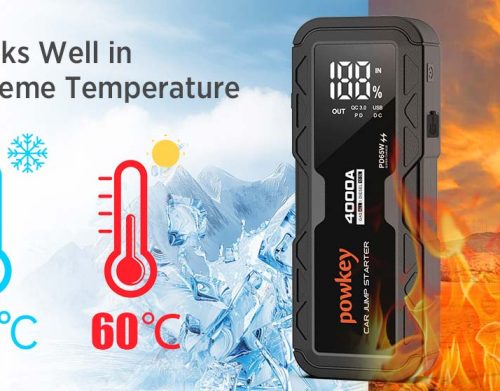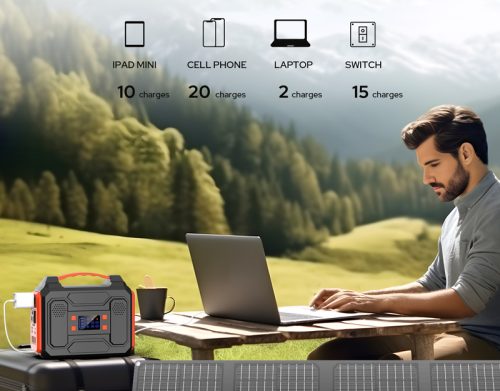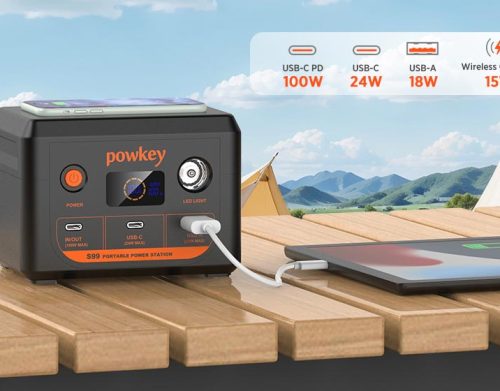With the accelerated transition of the global energy structure to renewable energy, solar rechargeable battery energy storage system has become the core link in building a new power system. In this process, lithium iron phosphate (LiFePO₄, referred to as LFP) battery with its unique technical advantages, is from the field of power batteries to the full penetration of the energy storage market, and become a key force to promote the application of solar energy storage scale.
I. Safety: the cornerstone advantage of LFP battery
Due to its stable crystal structure and higher thermal stability (thermal peak can reach 350℃-500℃), lithium iron phosphate battery can still remain safe under extreme high temperature or overcharging conditions, which effectively avoids the risk of explosion triggered by thermal runaway of traditional lithium ternary batteries. This feature makes it particularly suitable for solar energy storage systems that require long-term stable operation. For example, BYD’s blade battery further improves its safety performance through structural innovation, and there is no open fire or explosion even in the pin prick test, which provides a guarantee for the safety of large-scale energy storage power stations.
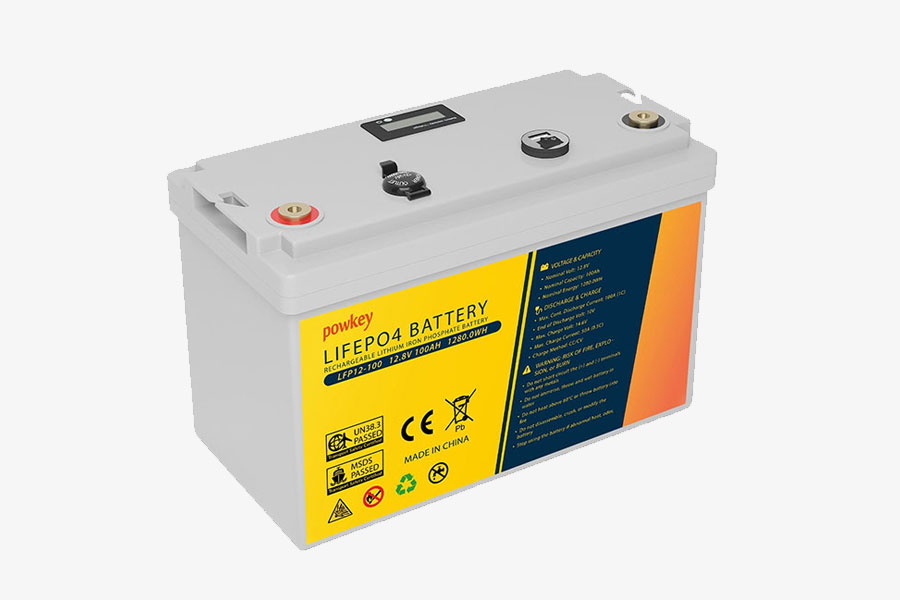
Long life and low cost: a double breakthrough in economy
The cycle life of LFP battery can reach more than 2000 times, and some optimised models (e.g. special batteries for energy storage) even exceed 6000 times, far exceeding the 300-500 cycle life of lead-acid batteries. This feature significantly reduces the long-term maintenance cost of solar energy storage. At the same time, its raw materials iron and phosphorus resources are abundant and stable in price, and the cost continues to fall under large-scale production. The system cost of the energy storage battery launched by Ningde Times in 2024 has dropped to RMB 0.32/Wh, which is 15%-20% lower than that of ternary batteries. The cost advantage superimposed on the long life, so that the LFP battery in the field of industrial and commercial energy storage and household energy storage rapid popularity.
Third, technological innovation: energy density and performance breakthroughs
The energy density short board of traditional LFP battery is being gradually improved through technology iteration. For example, manganese-doped high-voltage LFP materials (e.g. lithium manganese iron phosphate LMFP) can increase energy density by 15% to 230Wh/kg, while optimising low-temperature performance. Ningde Times’ CTP 3.0 technology improves space utilisation through module-less design, enabling the energy density of the energy storage system to exceed 180Wh/kg, close to the level of some ternary batteries. In addition, the commercialisation of 4C fast charging technology (e.g. Ningde Times Shenxing Battery) further shortens the replenishment time of solar energy storage and improves system flexibility.
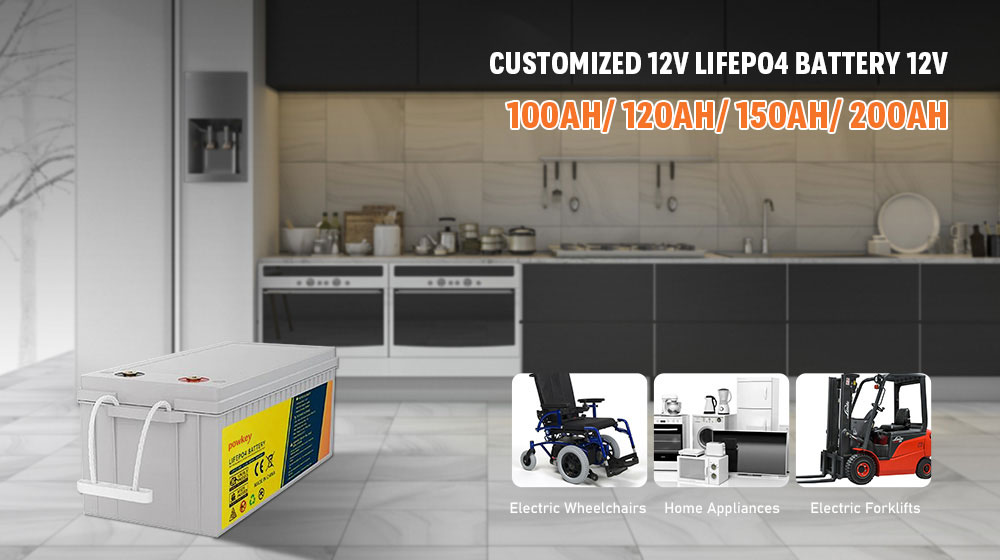
Fourth, environmental protection and global application: the core driving force of sustainable development
LFP batteries do not contain cobalt, nickel and other rare metals, low pollution in the production process, and the recycling rate of over 99%, a perfect fit for the EU’s ‘New Battery Law’ and other environmental regulations. 2024, the global energy storage market LFP batteries accounted for more than 65% of the European and American car companies, such as Renault, Volkswagen, have to turn to the LFP technology in order to reduce carbon emissions. With the advantage of mature industrial chain, Chinese manufacturers occupy more than 90% of the global production capacity, and accelerate the globalisation layout by building factories overseas (e.g. Ningde Times’ 50GWh base in Spain).
Future Outlook: Integration of Multiple Scenarios and Technologies
With the surge of PV installed capacity, LFP batteries will be deeply integrated with smart grids and virtual power plants. For example, V2G (Vehicle-to-Grid Interaction) technology will turn electric vehicles into mobile energy storage units and work with solar energy systems to achieve dynamic peak shifting; AI algorithms will optimise charging and discharging strategies to further enhance energy storage efficiency. Despite the gradual emergence of new technologies such as sodium-ion batteries, LFP batteries will still dominate the low-end energy storage market in the next ten years with their mature industrial chain and continuous innovation, and provide solid support for achieving the goal of ‘carbon neutrality’.
The technological evolution and market expansion of lithium iron phosphate batteries is not only a revolution in the field of energy storage, but also a microcosm of the transformation of the global green economy. Driven by policy, technology and demand, LFP battery will join hands with solar energy to reshape the sustainable future of human energy use.

